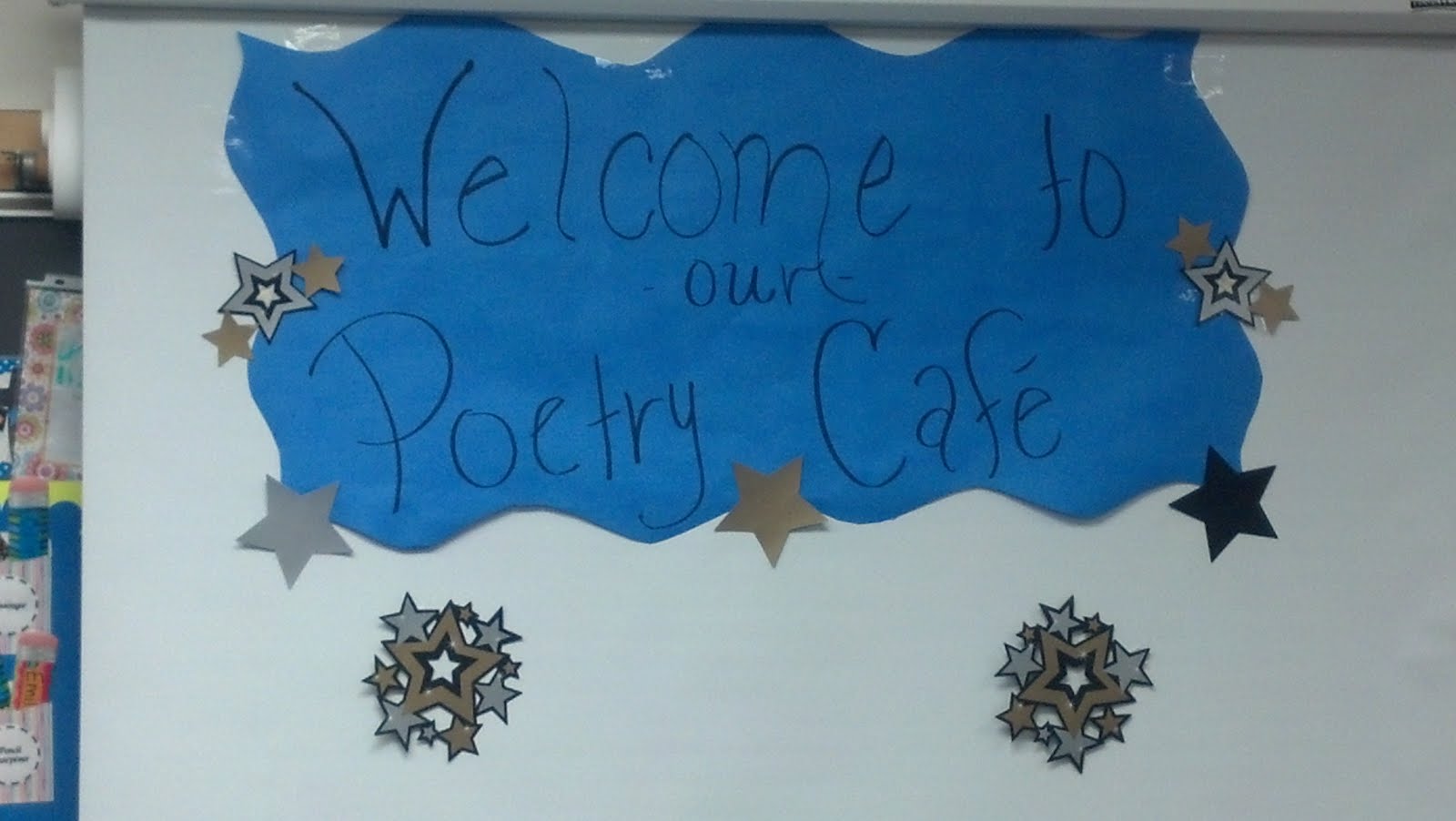One of my students' favorite workshops -- not matter what grade they are in -- is on portrait poems.
The backbone of the lesson is simple. We use an image of a person to gather concrete facts, a list of things we know or can see. Then, we take the same image and let our imaginations go crazy as we make up a story about the person.
 |
| Try using images of people students don't know, magazine clippings or portraits like this one of Ann Boleyn from englishhistory.net. |
I like this exercise for several reasons. First, it teaches point of view on more than one level. As writers, many of the students will opt to write in the voice of the character. That makes the portrait poem something like acting. On the human level, writing a portrait poem teaches compassion. For some children, it's a stretch to imagine what the person in that photo might be thinking about or feeling. Writing a poem is a safe way to wonder about someone else's point of view.
The second lesson lesson that portrait poems teach is more subtle. Because we are taking what we can see (the facts) and then imagining what is unseen (what happens next, or the person's feelings), the portrait poem mirrors the process of writing poetry. Poets take concrete experiences and present them in a way that creates emotional impact or some kind of revelation. That's exactly what we do in a portrait poem.
 |
| I'm worth how much?! |
I was working on portraits with the Northfield third graders earlier this month, when the Edvard Munch painting The Scream was in the news. A version of the painting (there are four) recently sold at auction for just under $120 million.
One of my students wrote a portrait painting on The Scream a few years ago.
by James, Grade 4
The frightened man on
the bridge in black
he screams as the bridge
opens while he’s on it
in the front of the
bay, the boat goes
by and two people walk
toward him, helping him
off the bridge and running
as he yells to his
family as they scream
in horror as their son
almost died as the
bridge went up and down.
The Northfield third graders and I looked at The Scream and read the poem. We talked about which elements of the poem were facts (the frightened man, the bridge, the water, the boat, two people) and which were the poet's imagination (the drawbridge, the idea that the two people are helping, the family, the idea that he almost died).
This student model sets us up well for discussing another painting/poem pair, Shonto Begay's "Down Highway 163." You can find them in Begay's wonderful book, Navajo.
We'll look at that tomorrow. For now, here are some third grade portrait poems.
Thanks to Northfield's family and staff (and poets!) for allowing me to share these poems. You'll notice that some of the students have opted for one stanza on "what I see" and a separate stanza for "what I imagine," as in this first poem.
I See a Family
I see a family
playing on the sand
two small boys
walking through the water
the water is rushing up
and covering their feet.
Maybe the mom is worried
and scared.
The current might pull
her sons into the dark
cold sea.
Richard's poem is literally immersed in what the speaker of the poem is doing.
Splash
by Richard G.
Splash
arms flailing
legs kicking
having fun in the water
being almost weightless
and perfectly round
bubbles floating
to the surface
I don't realize how
much time passes by
and suddenly
I hear my dad
and mom say
It's time to go!
I love how Noah imagines the complex emotions of an astronaut -- talk about a different point of view than your own!
Untitled
by Noah H.
The man is very happy.
He finished his job
middle aged man
is forty years old,
is an astronaut.
Loved space.
A little dizzy.
Wants to go again.
Happy to see his
family. Happy to
go home.
It will be clear to you which famous landmark was in the photograph Alex wrote about.
Waving "Hello!"
by Alex N.
Foreigner kids
waving hello
to a statue of freedom.
Entering America.
Maybe they're happy.
They could be frightened.
England or France,
where are they from?
Children are waving because
they're entering
a new life and a new world.
They've traveled through storms
and the coldest of nights.
They're finally there.
Whew!
What a delight.


No comments:
Post a Comment